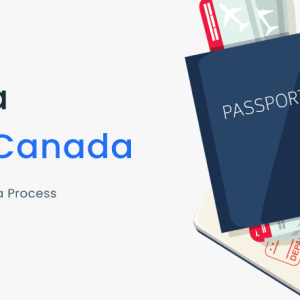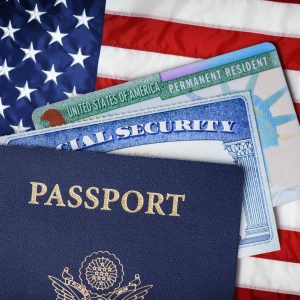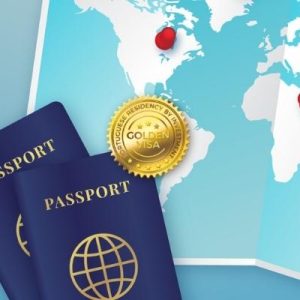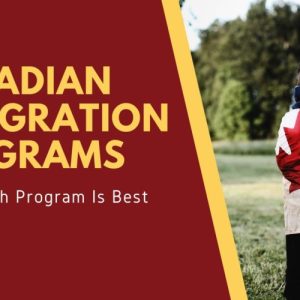Obtaining a U.S. student visa is a crucial step for international students aiming to pursue their education in the United States. The process can be complex and time-consuming, but with proper preparation and understanding, you can navigate it successfully. This article outlines 15 essential steps to help you secure a U.S. student visa.
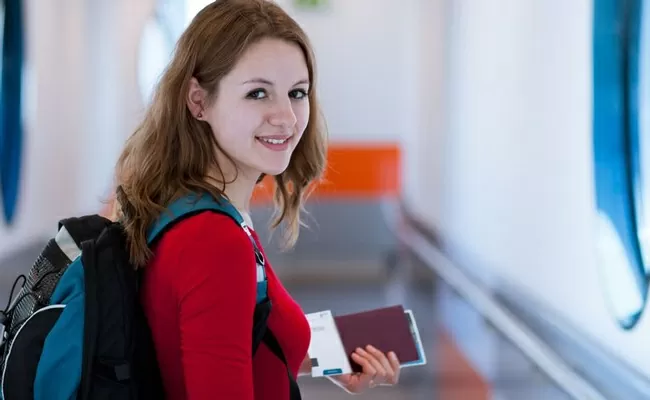
Step 1: Research Visa Types
F-1 Visa
The F-1 visa is the most common type of student visa, designated for full-time students enrolled in an academic or language program.
M-1 Visa
The M-1 visa is for students attending vocational or technical schools.
J-1 Visa
The J-1 visa is for exchange students participating in approved cultural exchange programs.
Step 2: Choose Your School
Select an accredited U.S. institution that is certified by the Student and Exchange Visitor Program (SEVP). Ensure the program aligns with your academic and career goals.
Step 3: Receive Form I-20 or DS-2019
Once accepted by a SEVP(Student and Exchange Visitor Program)-certified school, you will receive:
- Form I-20: For F-1 and M-1 visa applicants.
- Form DS-2019: For J-1 visa applicants.
Step 4: Pay the SEVIS Fee
Pay the SEVIS I-901 fee to activate your Student and Exchange Visitor Information System (SEVIS) record. Keep the receipt for your records, as it is required for your visa application.
Step 5: Complete the DS-160 Form
Fill out the Online Nonimmigrant Visa Application (DS-160) form. Ensure all information is accurate and truthful. You will need to upload a passport-sized photo that meets the U.S. visa photo requirements.
Step 6: Schedule a Visa Interview
Schedule an appointment for your visa interview at the nearest U.S. embassy or consulate. Be mindful of waiting times and plan accordingly, as they can vary by location and season.
Step 7: Pay the Visa Application Fee
Pay the non-refundable visa application fee. The amount varies by country, so check the specific fee for your location.
Step 8: Gather Required Documents
Prepare the following documents for your visa interview:
- Valid passport
- Form I-20 or DS-2019
- SEVIS fee receipt
- DS-160 confirmation page
- Visa application fee receipt
- Passport-sized photo
- Academic transcripts and diplomas
- Standardized test scores (e.g., TOEFL, SAT)
- Proof of financial support
- Evidence of ties to your home country
Step 9: Prepare for the Visa Interview
Practice answering common visa interview questions. Be prepared to discuss your academic background, reasons for choosing the U.S., and your plans after completing your studies.
Step 10: Attend the Visa Interview
Arrive early for your interview. Be honest, confident, and concise in your answers. The consular officer will assess your eligibility and intentions for studying in the U.S.
Step 11: Provide Biometrics
During your visa interview, you will need to provide biometrics (fingerprints and photograph). This is a standard procedure for security purposes.
Step 12: Wait for Visa Processing
After your interview, your visa application will undergo processing. This can take a few days to several weeks. Track the status of your application online using the provided tracking number.
Step 13: Receive Your Visa
If your visa is approved, you will receive your passport with the visa stamp. Ensure all information on the visa is correct. If there are any errors, contact the embassy or consulate immediately.
Step 14: Plan Your Travel
Book your flight to the U.S. You can enter the country up to 30 days before the start date listed on your Form I-20 or DS-2019. Make sure to carry all essential documents in your carry-on luggage.
Step 15: Enter the United States
Upon arrival, present your passport, visa, Form I-20 or DS-2019, and any other requested documents to the U.S. Customs and Border Protection (CBP) officer. Be prepared to answer questions about your studies and stay in the U.S.
Final Tips for a Smooth Process
Start Early: Begin your visa application process well in advance of your program start date to account for any delays.
Stay Informed: Regularly check the U.S. embassy or consulate website for updates on visa policies and procedures.
Maintain Communication: Keep in touch with your designated school official (DSO) for guidance and assistance throughout the process.
Be Organized: Keep all your documents in order and readily accessible during your travel and upon arrival in the U.S.
By following these 15 steps, you can increase your chances of successfully obtaining a U.S. student visa and embarking on your educational journey in the United States.
Frequently Asked Questions (FAQs)
What is a U.S. student visa?
A U.S. student visa allows international students to study at accredited educational institutions in the United States. The type of visa depends on the program of study: F-1 for academic programs, M-1 for vocational programs, and J-1 for exchange programs.
How early should I apply for a U.S. student visa?
It is recommended to apply for a U.S. student visa as soon as you receive your Form I-20 or DS-2019 from the school. Visa processing times can vary, so apply well in advance of your program start date.
Can I work on a U.S. student visa?
Yes, F-1 visa holders can work on-campus part-time during the academic year and full-time during breaks. Off-campus work requires authorization, such as Optional Practical Training (OPT) or Curricular Practical Training (CPT).
What happens if my visa application is denied?
If your visa application is denied, the consular officer will provide a reason. You may have the option to reapply or appeal the decision. Consulting with your school’s designated school official (DSO) or an immigration lawyer can help you understand your options.
How long can I stay in the U.S. on a student visa?
You can stay in the U.S. for the duration of your academic program, as indicated on your Form I-20 or DS-2019, plus a 60-day grace period to prepare for departure. Extensions may be possible under certain circumstances.
What are the requirements for maintaining F-1 visa status?
Maintain full-time enrollment, make satisfactory academic progress, and adhere to visa regulations, such as reporting changes to your DSO and obtaining employment authorization when necessary.
How can I stay updated on visa policies and procedures?
Visit the U.S. embassy or consulate website in your country for the latest information on visa application procedures, required documents, and updates on visa policies.
